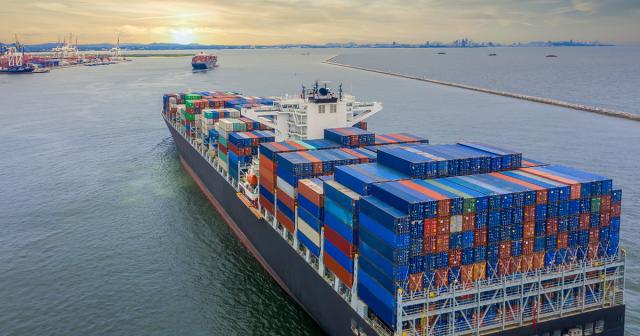B+LNZ’s General Manager Policy and Advocacy, Rowena Hume, joined the recent NZ-US Council business delegation visit to the United States, where tariffs, trade policy and biosecurity were front and centre.

The trip, which included Washington DC and Chicago, provided a valuable opportunity to strengthen relationships with key US decision makers and better understand how current political and economic trends could affect New Zealand’s sheep and beef sector.
The US remains one of New Zealand’s most important red meat markets, consistently ranking among our top export destinations for both beef and lamb and delivering strong returns for farmers.
The delegation’s agenda included high-level meetings at the US House of Representatives, Senate, with key US business groups such as the US Chamber of Commerce and National Association of Manufacturers, and a range of thinktanks from across the political spectrum.
There was also a joint NZ/Ireland business event and B+LNZ-specific meetings in Washington DC.
A key focus was reinforcing the importance of New Zealand’s contribution to the US red meat market – how our beef and lamb helps maintain supply, supports prices and drives consumption.
“The feedback was very positive,” says Rowena.
“Our reputation and long-standing relationships, particularly in the US beef sector, remain strong, and the US values our quality product.
“Next year marks 100 years of New Zealand exporting beef and lamb to the US, a milestone that reflects the trust and confidence built up over decades. While few of our competitors can claim such history, we recognise the challenges and uncertainty around future trade policy.”
One of the biggest concerns is tariffs.
Even if the US Supreme Court rules some current tariffs illegal, other trade mechanisms are likely to be introduced.
While many Democrats and Republicans have concerns about the blanket high tariffs that have been applied against some countries and the impact on US prices and manufacturing, political and revenue pressures means it is unlikely they’ll be removed in total any time soon.
The economic impact of these measures on the US economy is expected to become more visible in 2026 as stockpiles, built up before the tariffs were put in place, run down.
US trade deals (such as its recent deals with Malaysia, Vietnam and Cambodia) are also proving to be heavily in favour of the US, often including commitments that go well beyond trade), so any bilateral trade agreement could be challenging for New Zealand.
On top of this, the US sheep industry continues to lobby for global safeguard investigation into lamb imports into the US. There has been no formal actions taken by the US administration in response to these requests.
The US is one of New Zealand’s largest sheepmeat markets and it takes some of our highest value cuts. Therefore, maintaining access is a key priority. B+LNZ and the Meat Industry Association is working closely with the New Zealand Government on this issue.
In recent years, Americans demand for lamb has improved alongside strong prices, and New Zealand’s lamb export volumes to the US have fluctuated in response to evolving market conditions in the US and in our other key markets. Against this backdrop, introducing trade restrictions on New Zealand lamb is unwarranted.
We continue to work closely with American Sheep Industry Association and the American Lamb Board as part of the Global Sheep Producers Forum and believe that there is much to be gained from collaboration to both grow demand for lamb and to tackle shared challenges.
Biosecurity was another hot topic. US cattle producers are increasingly worried about the spread of New World Screwworm, with recent cases detected just 100km from the US southern border.
The Federal Government shutdown has slowed work on additional biosecurity measures, increasing the risk to US beef, dairy and pork production.
“The visit was an important reminder that New Zealand’s red meat sector doesn’t operate in isolation,” says Rowena.
“Understanding what’s happening in key markets like the US helps us prepare for whatever may come next.”